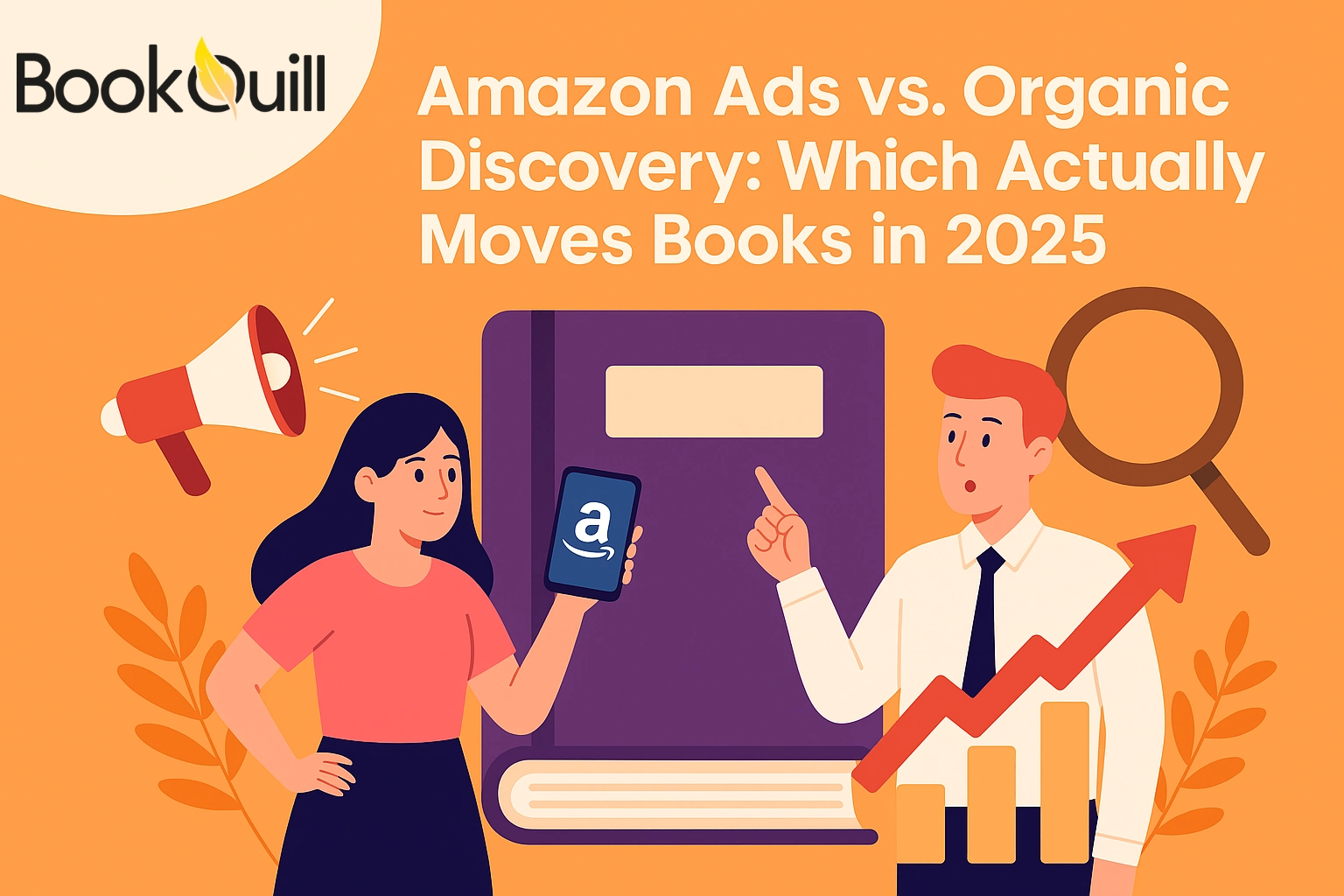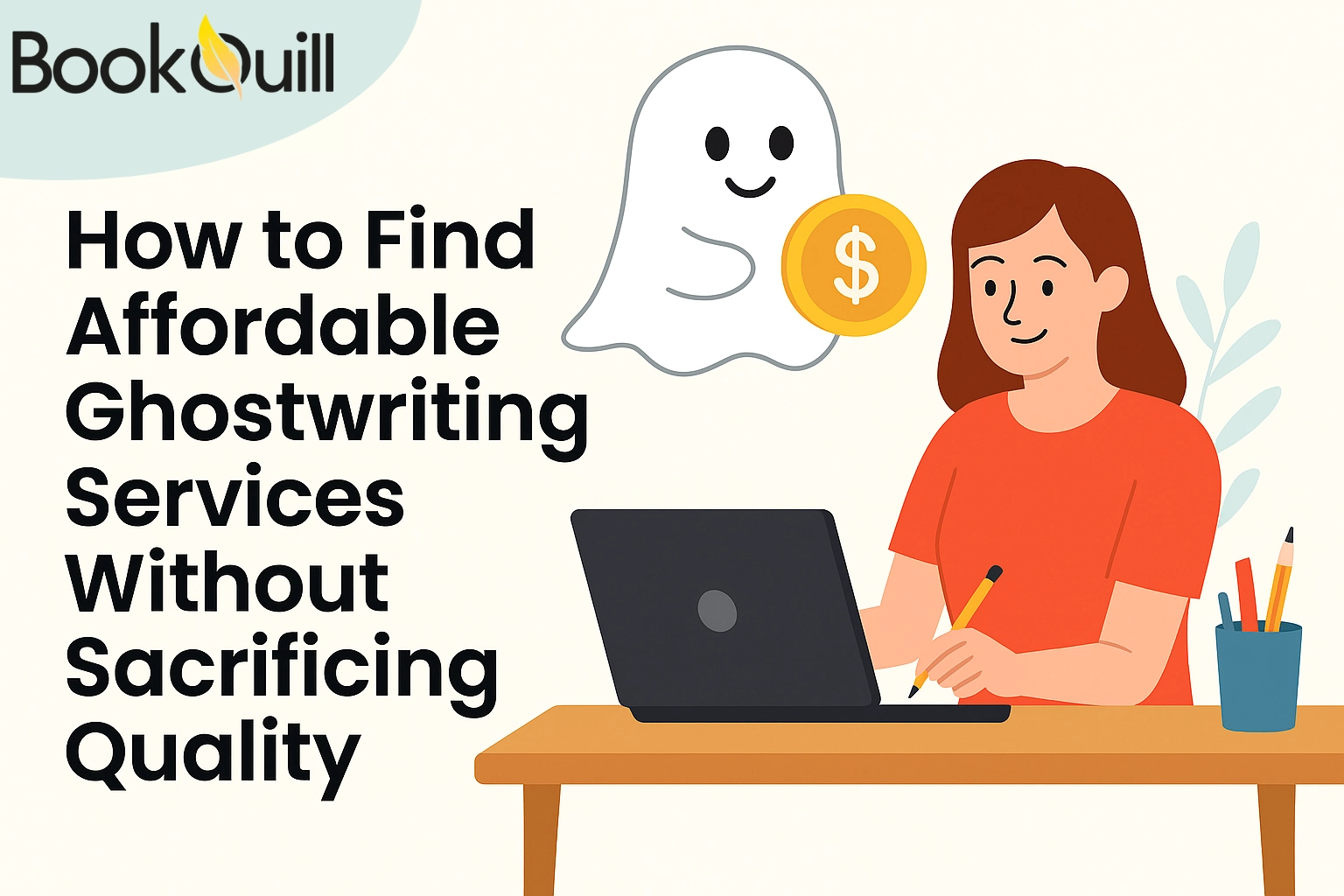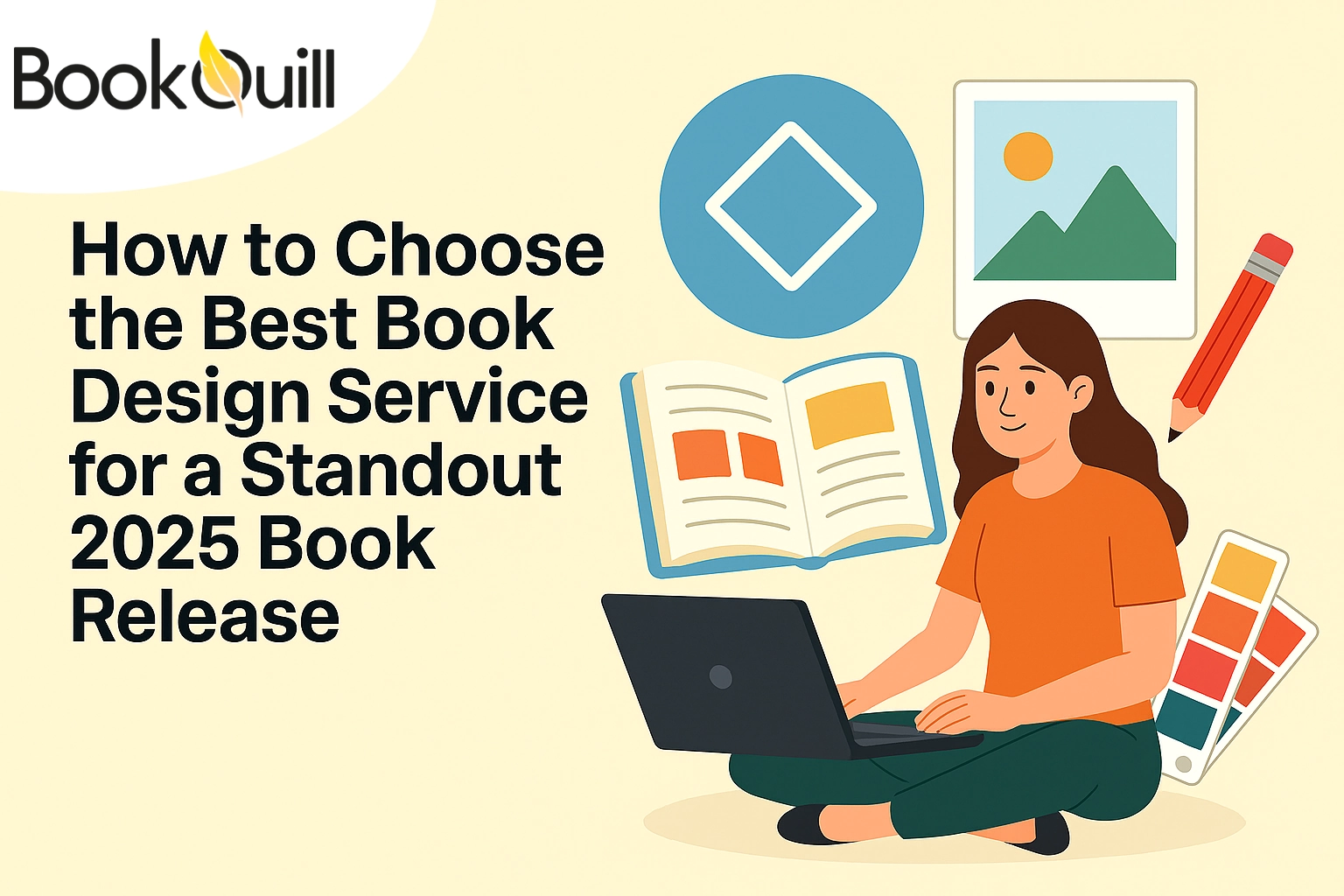Table of Contents
Explore Blogs
Trending on Ebook
If Instagram’s Your Whole Book Marketing Plan, You’re Basically Screwed

Let me guess: you have the perfect book marketing plan; you post daily on Instagram. Your captions are attractive. Your reels are on fire. Your stories are loaded with polls and emojis. You have even color-coordinated your feed and mastered the art of book flat lays. You are doing all the things! So why aren’t books flying off the shelf? Why aren’t your books selling?
It’s obviously a mystery! You are showing up consistently. You are getting likes. People also comment, “Can’t wait to read!”… But your sales dashboard is quieter than a library.
If this sounds familiar, you are not alone. Thousands of authors are stuck in the same loop, believing that Instagram is the golden goose of book promotion. But trust me, it’s not.
Key Takeaways
- Sticking with Just Instagram: Relying just on Instagram for your book marketing plan is risky and rarely leads to consistent book sales.
- Visibility Doesn’t Equal Conversion: A smart marketing plan example includes email lists, websites, and sales funnels.
- Have a Strong Marketing Checklist: A good checklist should go beyond social media and tap into professional services that bring real results.
- You Need Professionals: Look for experts and custom book advertising services that help target actual readers, not just rack up likes from fellow authors.
- Go for the Best Book Marketing Services: The best marketing services build systems that convert followers into fans and browsers into buyers.
The Instagram Illusion: Pretty, Popular, and Powerless (Sort Of)
Honestly, Instagram is quite addictive, isn’t it? It’s a beautiful, fast-moving, and dopamine-delivering platform. You post, you get attention, and it feels like progress. It feels like marketing. And for many authors, it’s the only book marketing plan they have ever known.
The truth? Instagram is great for visibility, but visibility is not the same as sales.
And this is where many authors fall. They assume that showing up on social media equals conversion. But what they’re really building is a house of cards, one algorithm change away from total collapse.
This isn’t just a gut feeling. When you look at your actual conversions, clicks, purchases, and email signups, the numbers usually don’t match the effort. Which is why relying on Instagram as your entire strategy isn’t the best option. Sure, people scroll by. But do they really come there to buy books?
How We Got Here: The “One Platform to Rule Them All” Myth
It’s not your fault. The online author world is crowded with advice that sounds good in theory. You might have heard any or all of the following phrases:
- “Pick one platform and master it.”
- “Be consistent and the algorithm will reward you.”
- “You have to be on Instagram to grow.”
And honestly, this advice is entirely wrong, but it is dangerously incomplete. Instagram might help with community. It might help with engagement. But it’s not a whole book marketing plan. It’s a marketing piece. A shiny one, yes, but just a small piece.
That’s why authors need more than content calendars and hashtags. They need a marketing checklist that includes things like email list growth, conversion strategies, sales funnels, and the best advertising services.
This Isn’t a Hate Letter to Instagram: We Are Not Totally Against
Yes, Instagram can be helpful. It’s not the enemy. But it can’t be your only plan. If your entire book marketing plan example is “post on Instagram five times a week and pray,” then you’re playing the game with one card in your hand.
Smart marketing is diversified, layered, and built on foundations you actually control, like your website, your email list, and your reader funnels. That’s how professional book marketing services approach the game, and it’s why their results look different.
Why Authors Fall for It?
It feels like it should work, shouldn’t it?
Well, Instagram has a way of making you feel like you are so close to making it. With its countless #Bookstagram posts and stunning book flat lays, it looks like the perfect place to build your author brand and sell your book.
It’s visual, and it is the best ideal for showcasing covers and aesthetic vibes. It’s free, so it doesn’t demand upfront investment. And it’s also fun, when your reel hits a few thousand views or you get dozens of shares, it feels like progress. You’re “engaging,” “growing,” and maybe on the edge of a breakthrough.
This is the illusion, a pretty one, sure, but still a trap. And for many authors, it becomes the backbone of their entire book marketing plan and strategy.
1. The Pull of the Bookstagram Dream
The truth is, Instagram does work… in some ways. It’s powerful for exposure. It’s perfect for connection. But those aren’t the same thing as conversion.
Authors fall for the #Bookstagram dream for some pretty understandable reasons:
- They see other authors post daily and get a ton of engagement.
- They’re told social media is essential and Instagram is the “most author-friendly” amongst all.
- And they believe that going viral equals selling books.
Unfortunately, that last one is the biggest myth in online marketing and also the most appealing. A single post hits 10,000 views, and everyone assumes that the author is off buying beachfront property with their royalty checks.
But what you’re actually seeing is survivor bias. You are seeing the one author who went viral and had their back-end strategy in place, a strong email list, an experienced launch team, and a ready-to-buy reader funnel. You’re not seeing the hundreds (or thousands) of authors who post every day and barely sell a copy.
So no, posting every morning and adding #readersofig isn’t a book marketing plan example. It’s a visibility tactic. And without structure behind it, it’s basically nothing.
2. The Engagement Mirage
Let’s break it down even further. Instagram makes it incredibly easy to confuse likes with interest, and followers with fans. You might have 10,000 followers, but how many are actually clicking the link in your bio and buying your book?
According to research, the average Instagram conversion rate is just 1.08%. That means if 1,000 people see your Instagram post, only about 10 might take action, and that’s just clicks, not purchases. If Instagram is your only strategy, you’re skipping out on the platforms where actual buying happens.
That’s why the best results often come when authors invest in broader strategies, like professional book advertising services that go beyond just being present on social media. These services aren’t about “more likes.” They’re about helping you reach people ready to read and buy.
3. The Invisible Cost of “Free”
Instagram’s biggest selling point is that it’s free. But what’s the hidden cost?
Time. Energy. Creative capacity.
Authors pour hours into graphics, reels, captions, hashtags… hoping each time it’ll finally click. But that’s time not spent building real assets, like an email list or optimized website that can pay off long-term.
That’s where affordable book marketing services can help, not in replacing Instagram, but in helping you build a foundation, not just a feed.
Harsh Truth: Instagram Isn’t Designed to Sell Books
So you’re showing up, engaging, hashtagging, and dropping the occasional “Link in bio!” with hope in your heart. Still… nothing. Sales are still. You’ve got followers, but they’re not turning into readers. Why?
Because Instagram was never built to sell your book.
It’s a platform built for scrolling, not shopping. It rewards content that entertains, not content that converts. It celebrates short-term trends, not long-term relationships. And when it comes to turning followers into buyers, it’s like trying to squeeze water from a stone.
1. Low Reach, Low Clicks, High Frustration
Organic reach on Instagram has fallen in recent years. Did you know only 10% of your followers actually see your posts? That means if you have 1,000 followers, only 100 of them are even seeing your post, and that’s before we even talk about whether they engage.
And even when people do see your post, they are in scroll mode, not shop mode. People aren’t browsing with their wallets open; they’re double-tapping and moving on.
To make matters worse, Instagram still doesn’t allow clickable links in captions. You have one bio link. Just one. Which means to get a reader from post → profile → link in bio → Amazon page, you’re asking for at least four clicks and a lot of goodwill.
2. Audience Mismatch: Writers Talking to Writers
Another painful truth is that a lot of authors on Instagram are talking to other authors, not readers.
That’s not necessarily a bad thing, but it means the majority of your engagement could be coming from fellow writers who aren’t going to buy your book (because they’re too busy trying to sell their own). So while your feed may be buzzing with comments and likes, it might still be dead silent when it comes to actual sales.
This is where custom book advertising services stand out. They don’t just increase your presence. They help you reach the right audience, like people who are looking for their next read.
3. Algorithm Roulette and the “Just Post More” Lie
The Instagram algorithm changes more often than a toddler’s mood. What worked last month might flop this week. And the advice always seems to be the same: “Just post more. Try reels. Be consistent!”
Honestly, you are not a content farm. You’re a writer. And every hour spent experimenting with new trends is time not spent writing your next book.
That’s why professional book advertising services take a different approach. They prioritize platforms built to sell, not just to scroll. They create funnels, test strategies, and track real conversions so you’re not left playing algorithm roulette.
4. Instagram Is a Tool: Not a Sales Machine
Instagram can be useful. But if you’re expecting it to do all the heavy lifting, from discovery to persuasion to transaction, you’re going to burn out fast.
This is where using other methods, like affordable book marketing services, email campaigns, and ad funnels, makes the difference. You start building something with structure instead of just stacking stories and praying they hold.
The Smarter Way: Build a Real Author Marketing Ecosystem
If Instagram is the flashy neon sign, your actual marketing system is the store behind it, the one that makes sales. The problem? Most authors spend all their time polishing the sign while the store stays empty. No inventory. No checkout counter.
So, let’s first fix that!
What you need isn’t just more content; it’s a real marketing checklist that covers all the important components of an ecosystem. Something that works even while you sleep. Something sustainable. Something that doesn’t collapse every time Instagram sneezes.
This is how successful indie authors do it and how professional book marketing services build campaigns that move books.
1. Email Lists
First up: the email list. It might sound old-school, but it’s the most powerful. With an email list, you own your audience. No algorithm decides whether your message gets seen. And when someone signs up, they’re actively choosing to hear from you.
Email also converts better than social. So if your entire book marketing plan example doesn’t include email, you’re leaving money on the table.
Also, remember to start small. Offer a freebie like a bonus chapter, a prequel short story, or a behind-the-scenes peek. You can use tools like MailerLite or ConvertKit to make it easy, and services like affordable book marketing services often include setup support if the tech feels overwhelming.
2. Your Website
Think of your author website as your home. It’s where you get to set the rules. No distractions. No random ads. No hashtags needed.
Your website should:
- Tell visitors who you are and what you write.
- Feature your books in a clean, compelling way.
- Collect email sign-ups.
- Have your blog, events, or bonus content.
And yes, a blog can help with SEO, meaning Google brings new readers to you for free. That’s a long-term asset that Instagram can’t replicate.
Now, if you are wondering where to start, professional book advertising services often help design or optimize websites to ensure they actually convert visitors into fans.
3. Sales Funnels & Automation
You don’t have to do everything manually. You can use plenty of tools available to track engagement and grow your list on autopilot. You can even set up sequences that welcome new readers, introduce your series, and gently lead them to buy, without you lifting a finger.
This is where a real marketing read online turns into a buying journey. You are actually guiding readers through a clear and thoughtful path.
4. Ads That Work
Instagram ads can work, but only when they’re part of a system. Randomly boosting a post won’t do much. But a well-placed ad that sends someone to a landing page, then follows up with emails, then closes the sale? That’s marketing.
And you’re not limited to Instagram. Facebook Ads, Amazon Ads, and BookBub are powerful tools, especially when tied into a funnel. These platforms are built with conversion in mind. That’s why custom book advertising services use them. They’re designed to turn interest into income.
To Wrap Up
We know, it’s tempting to chase what’s flashy. To believe that just one viral post could change everything. But remember, long-term success doesn’t come from trends. It comes from foundations, ownership, and strategy.
If Instagram vanished tomorrow, would your readers still find you?
If the answer is “I don’t know,” it’s time to step back and build something stronger. Something that doesn’t just look good on the grid, but actually grows your audience, sells your books, and supports your author career.
The smartest authors don’t worship platforms; they build systems. And when they do, they get to write more, stress less, and actually see results.
Want help with that? Start with a real book marketing plan example that includes email, ads, funnels, and maybe even some expert guidance. Because success doesn’t come from scrolling, it comes from strategy.
Frequently Asked Questions
Can Instagram Be Part Of A Successful Book Marketing Plan?
Yes, Instagram can support your strategy, but it shouldn’t be the entire plan. A strong book marketing plan includes multiple channels like email, your website, and ads to drive real conversions.
What Are Some Effective Book Advertising Ideas Beyond Social Media?
Some powerful advertising ideas include running Amazon Ads targeted by genre, setting up email list swaps, creating lead magnets, and using professional services to build strategic ad funnels.
Why Isn’t Instagram Helping Me Sell More Books, Even With Good Engagement?
It is because engagement (likes, shares, followers) doesn’t guarantee sales. Without a funnel or a marketing checklist that includes email marketing and conversion strategies, Instagram alone often falls short.
What Are Professional Book Marketing Services, And How Do They Help?
Professional marketing services build a complete system to promote your book, including audience targeting, email list growth, and ad strategy, instead of relying just on social media.
Are There Affordable Options For Book Advertising That Go Beyond Instagram?
Yes! Many affordable book marketing services use tools like Amazon Ads, Facebook Ads, and BookBub to reach readers where they actually buy, not just scroll.
What’s The Difference between Custom Book Advertising Services and Boosting Posts on Instagram?
Boosting posts gives short-term visibility, but custom advertising services create targeted campaigns that guide readers through a journey, from discovery to purchase, across platforms you control.
About Author
Hi, my name is Zachary Stone I’m a book marketing nut — or, as I like to call myself, a “Shelf Marketer.” No, I don’t sell wooden shelves; I market the books that are left forgotten on them. If you want your book to be the next bestseller, I am your go-to person. I am here to remind you that it’s not just about writing a great story — it’s about building a buzz among people with great campaigns.




